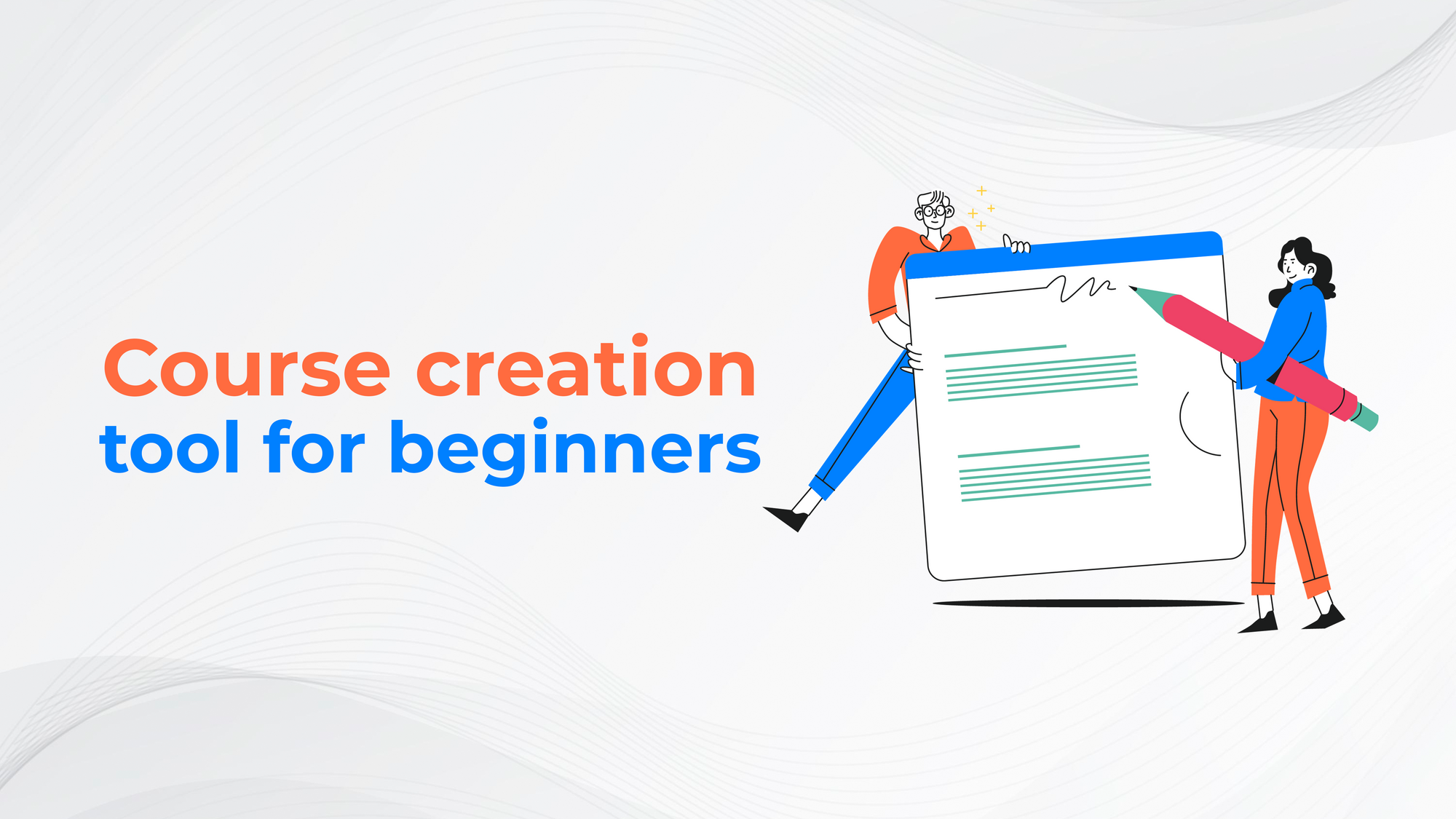As technology continues to advance, eLearning has become an increasingly popular way for students to learn. Developing a successful eLearning curriculum requires careful planning and consideration of the learner’s needs. In this article, we will provide a step-by-step guide on how to create an effective and engaging eLearning curriculum. We will discuss the importance of considering the learning objectives, choosing relevant content, testing and evaluating the curriculum and more.
Step 1: Analyze Learner Needs
Creating an effective eLearning curriculum requires careful consideration of the learners’ needs. The first step in this process is to analyze the learner's needs, which can be accomplished by examining the input. Gathering data such as demographic information and the existing knowledge base of the learners can help develop an appropriate strategy for developing eLearning modules. Additionally, surveying your target audience helps to determine their expectations and preferences regarding learning materials, teaching styles, evaluation measures, etc.
It is also important to consider learner objectives when analyzing their needs. This includes specifying individual learning goals and assessing ways in which these objectives can be achieved with eLearning methods. By understanding what learners need from a course or training program, developers are better able to create customized experiences that meet those requirements.
Step 2: Define Learning Objectives
When it comes to developing an effective eLearning curriculum, the second step is to define learning objectives. With the right authoring tool and a user-friendly graphical user interface (GUI), instructional designers can easily create functional developments that are tailored toward specific learning goals. It is important for instructional designers to be able to clearly identify and articulate what they want learners to gain from the course based on their expertise in creating online learning experiences.
This makes it easier for them to build appropriate content that meets those objectives, as well as develop effective assessment strategies that ensure learners understand what they have learned and apply it in real-world situations. Defining clear objectives also helps guide both the learning design and development process as learners progress through the course material. This ensures that all aspects of the curriculum are aligned with the overall goals of providing quality educational experiences for learners.
Step 3: Design Instructional Strategies
Designing effective instructional strategies for an eLearning curriculum is a key factor in its success. In Step 3 of the eLearning curriculum development process, instructional designers must choose the right authoring tool that provides a graphical user interface (GUI) to create engaging content. By selecting an authoring tool that supports functional development, instructors can create a wide range of learning activities and multimedia-based lessons for learners.
The primary focus in this step involves making decisions about how to present course material in order to maximize student engagement and understanding. Educators must think carefully about how they will use the available tools and technologies to create instructional sound designs which provide students with meaningful experiences and valuable feedback. Carefully crafted instructional strategies help produce courses that best meet learners needs while also providing them with opportunities to interact with peers and develop communication skills.
Step 4: Develop Course Content
Developing course content for an eLearning curriculum is an important step in the process of creating a successful learning program. During this stage, instructors must ensure that they have included all relevant information, while also determining how it will be delivered and presenting it in an engaging way.
The key to developing effective course content is to create a clear structure that outlines the core concepts and topics included within the lesson plans. This should include theoretical subject matter and practical exercises to help learners apply their knowledge. Additionally, objectives should be established at the beginning of each unit or lesson plan so that learners know what they are expected to learn and can track their progress accordingly. To make sure content remains engaging throughout the duration of a course, instructors can incorporate interactive elements such as quizzes, polls, lecture videos, and simulations amongst other activities.
Step 5: Create Assessments
Creating assessments is an important part of any eLearning curriculum. As students complete their online courses, there needs to be a way for them to demonstrate that they have acquired the necessary knowledge and skills from their coursework. The fifth step in creating an effective eLearning curriculum is to develop challenging and engaging assessments for learners.
Assessments should be designed with the course's learning objectives clearly in mind. This will ensure that each assessment contains relevant content and accurately evaluates learners' understanding of the subject matter. Additionally, it's important that these assessments don't take too long to complete yet still provide enough information about the student's progress within the course. Finally, feedback should also be included so students can identify areas they need to work on or revisit before moving on to other topics in their curriculum.
Step 6: Select the Delivery Platform
The delivery platform for an eLearning curriculum is the final step in its development. It is a crucial component as it will determine how learners access the content and their overall learning experience. Different platforms offer different features and capabilities, so it’s important to select the one which best meets the needs of your learners. Consider factors such as scalability, security, accessibility, and analytics when making your decision. Additionally, user-friendliness should be a top priority—your delivery platform should be easy to use and navigate for maximum engagement among your learners. Research available options thoroughly before deciding on one that suits you best; there are many excellent platforms out there with great potential to enhance learning outcomes!
Conclusion: Benefits of eLearning
In conclusion, the BrainCert platform offers a range of benefits that make it an ideal choice for businesses, organizations, and educational institutions. It allows for improved collaboration between students and instructors, better tracking of learning progress and performance, higher quality content delivery, and increased convenience with its user-friendly interface. With all these features in mind, BrainCert is poised to become the go-to eLearning solution for those looking to drive innovation within their organization.










